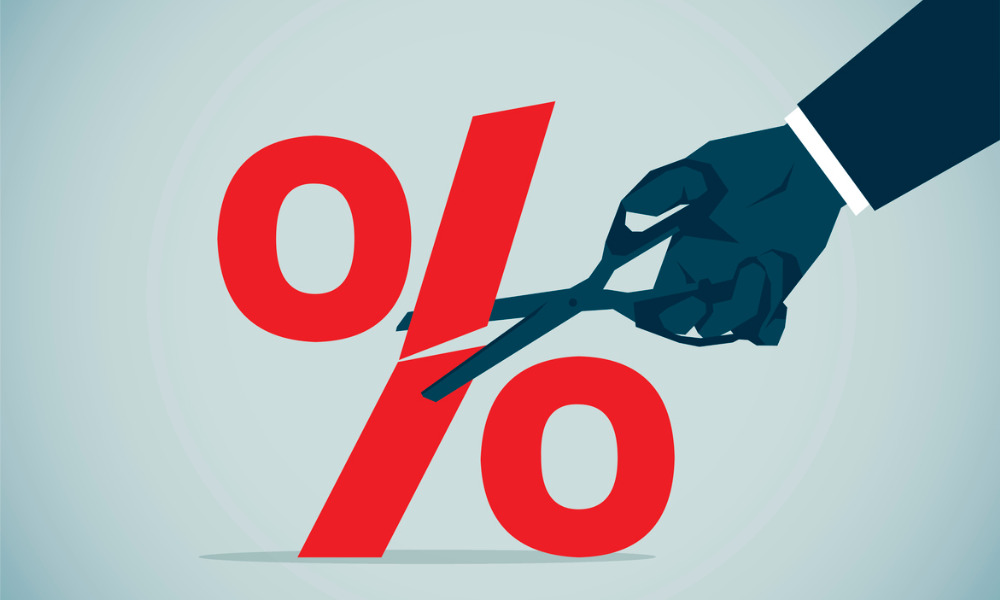RBC lays out a possible timeline for rates to begin falling

While expectations for rate cuts have been “pared back” from earlier in the year, North America’s central banks are still likely to shift to reductions in interest rates by 2024, according to Royal Bank of Canada.
Longer-run implied inflation rates have not changed significantly, even as debate continues on how much longer the current elevated-rate environment could last, RBC said in a new analysis.
“We have argued before that there are good reasons to think that an era of unusually cheap money has come to an end, and that central banks will need to maintain interest rates at higher levels than over the decade pre-pandemic to keep inflation pressures in check,” RBC said.
“That doesn’t mean interest rates will stay at today’s levels – most central bankers still view the level of interest rates currently as ‘restrictive.’”
At the same time, markets appear to be anticipating fewer interest rate cuts beyond 2024 due to expectations that interest rates will have to stay higher for longer, RBC said.
“For now, the aggressive run-up in interest rates since early 2022 means central banks are no longer in catch up mode and additional interest rate moves are highly data dependent” in the near-term, RBC said.
The Bank of Canada's recent decision to hold rates doesn't signal an end to potential rate hikes, warns James Laird, co-CEO of Ratehub and president of CanWise.
— Canadian Mortgage Professional Magazine (@CMPmagazine) September 11, 2023
Full article: https://t.co/Tt2uOIZbHq#mortgageindustry #ratehikes #interestrates #mortgagebroker
Latest BoC decision spurred by slower growth, labour market
The Bank of Canada’s decision to keep its benchmark lending rate steady at 5% in its September policy decision stemmed from a slowing growth and labour market backdrop, RBC said.
These economic trends are likely to persist for the foreseeable future.
“Domestic inflation pressures are still persisting in Canada, but we continue to expect a softer economy will slow inflation pressures and leave the BoC on pause for the rest of 2023,” RBC said. “Softer economic data [argues] that higher interest rates aren’t needed even with inflation continuing to surprise on the upside.”
At the same time, RBC stressed that the BoC’s preferred core measures have been running at an annualized rate of 4.5% over the last three months, still significantly higher than the central bank’s 2% inflation target.



